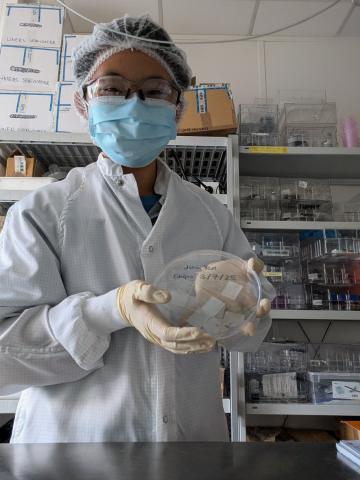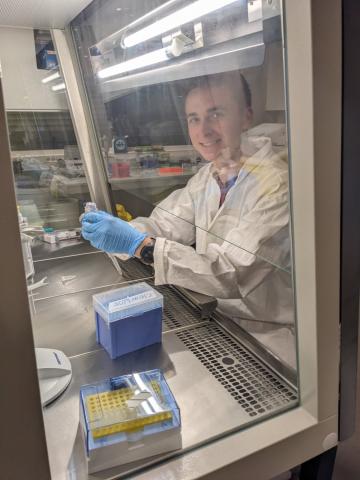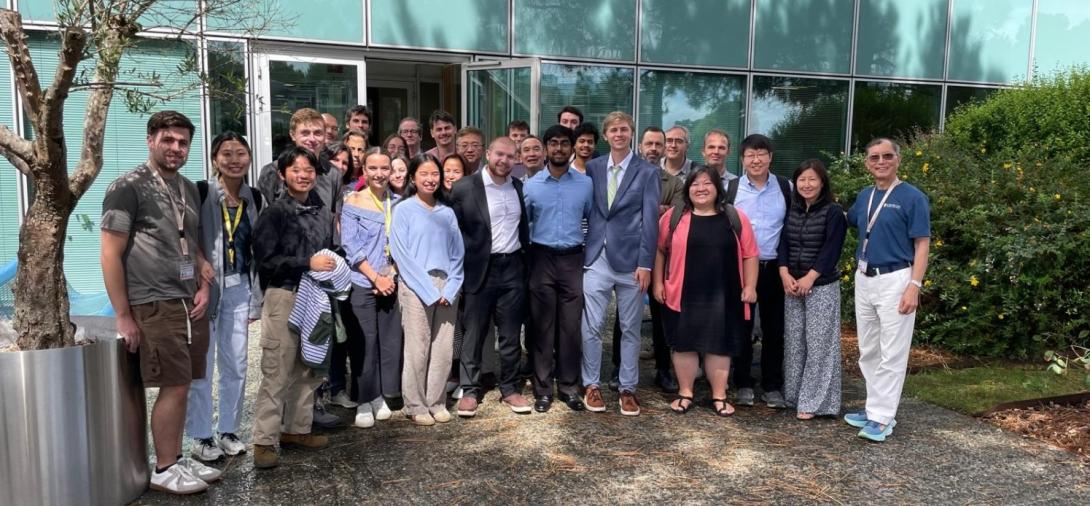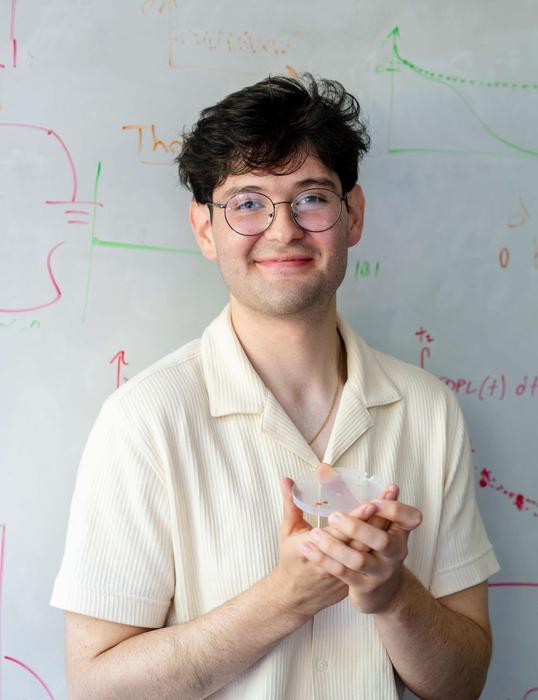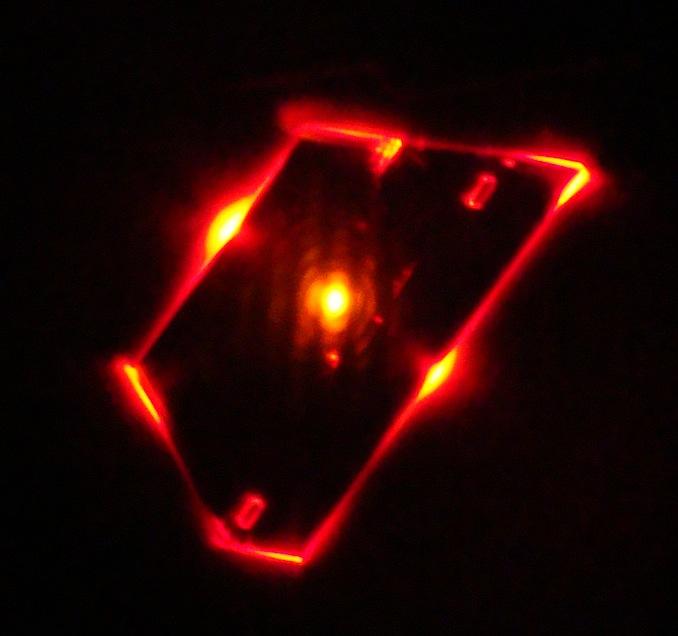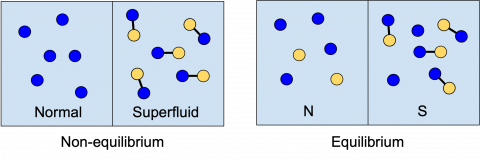S. Cremonini, M. Cvetič, C. N. Pope, and A. Saha
Phys. Rev. D 106, 086007 – Published 13 October 2022
Motivated by recent studies of long-range forces between identical black holes, we extend these considerations by investigating the forces between two nonidentical black holes. We focus on classes of theories where charged black holes can have extremal limits that are not BPS. These theories, which live in arbitrary spacetime dimension, comprise gravity coupled to N 2-form field strengths and (N − 1) scalar fields. In the solutions we consider, each field strength carries an electric charge. The black hole solutions are governed by the SL (N + 1, R) Toda equations. In four dimensions, the black hole solutions in the SL(3, R) example are equivalent to the “Kaluza-Klein dyons.” We find that any pair of such extremal black holes that are not identical (up to overall scaling) will repel one another. We also show that there can exist pairs of non-extremal, nonidentical black holes which obey a zero-force condition. Finally, we find indications of similar results in the higher examples, such as SL(4, R).
